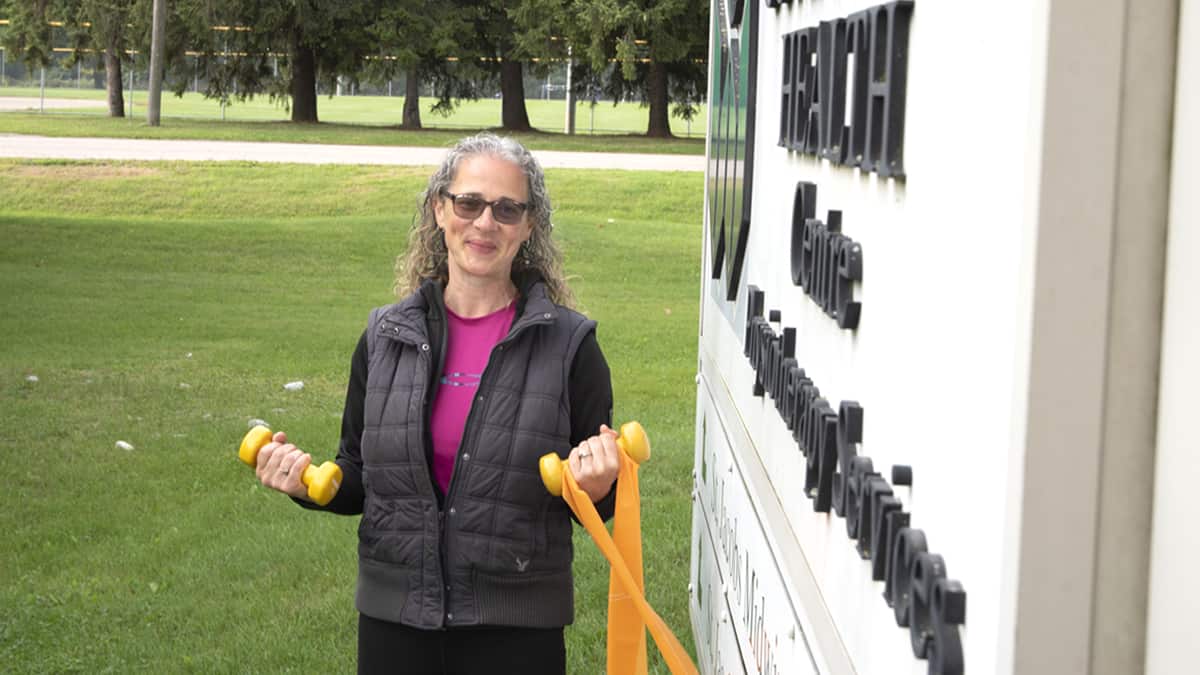Health officials expect a higher demand this year for flu shots as they advise people to get vaccinated as a precaution while COVID-19 remains a risk.
“I think we’re going to probably see somewhere around say [a] 20 to 30 per cent increase in flu vaccine uptake this year, which is great in that more people will be protected,” said Nancy Waite, a professor in the School of Pharmacy at the University of Waterloo. “This is a pretty important year – if we had a flu outbreak on top of COVID, this would be very difficult to manage on many levels. Obviously, you have the illness, but we also know healthcare system wise and their capacity to manage it. So, I think there’s going to be more people wanting the vaccine this year.”
Last year, 42 per cent of Canadian adults got the flu shot, according to figures from the Public Health Agency of Canada. For seniors over the age of 65, the percentage climbed to about 70 per cent.
Experts expect demand for the shot to grow this year as fears over getting sick – are probably at an all time high.
Waite has been researching the flu shot and how people make decisions about being vaccinated. She said she expects to see the demand for the shot to rise significantly based on how people in Australia – a country already experiencing its flu season – drove up the demand. There was a 180 per cent increase in demand for the flu shot, with many locations in that country reporting shortages of the vaccine.
A survey for the Canadian Pharmacists Association predicts a 30 per cent increase in the number of people who say they’ll get vaccinated, with 57 per cent of people indicating they’d be getting the shot over last year’s 45 per cent. The survey showed people aged 50 to 64 are 20 per cent more likely to get the shot this year, those aged 65 and over showed an increase of eight per cent, likely due to the already-high participation rate.
Younger adults show a 36 per cent willingness to get the flu shot.
Easier access to the flu shot has already made people more likely to get vaccinated, said Waite, pointing to the ability of pharmacists to carry out the job.
The Canadian Pharmacists Association says about 35 per cent of flu vaccinations are given by pharmacists each year. The association expects that coronavirus-related precautions, including reservations rather than dropping in for the shot, may alter past practices.
That said, Waite notes accessibility may be boosted now that many places are setting up drive-thru systems to deliver flu shots. With easier access, she expects at least a five per cent increase in people who get the shot.
Greater access will be especially important in rural areas, where pharmacists deliver just 10 per cent of flu shots.
“We will continue to see that increase over time as we get more flexible as to where and how pharmacies in particular can get that flu shot to people. And I think that’s a lot of the reason why we’ve seen the differences in the [United] States and Canada, not the only reason but one of the reasons,” Waite said.
Waite welcome an increase in uptake on the flu vaccine, adding she expects to see a strong response in the 60 to 70 per cent range of people when a COVID-19 vaccine becomes readily available, perhaps in the spring of 2021.









